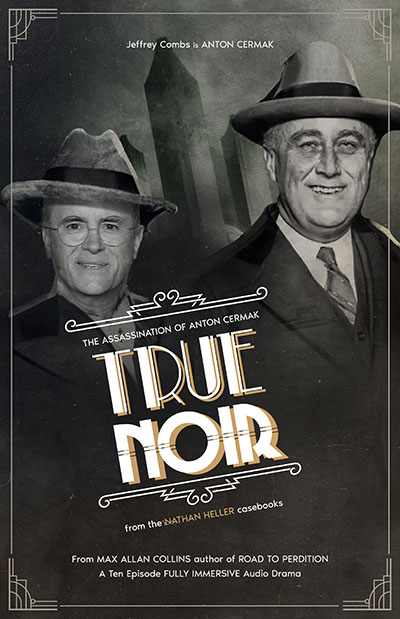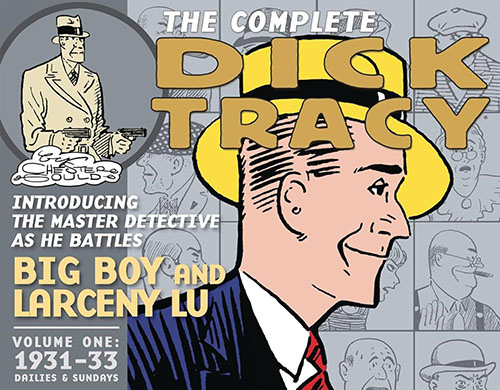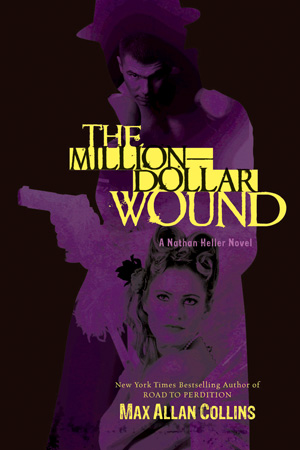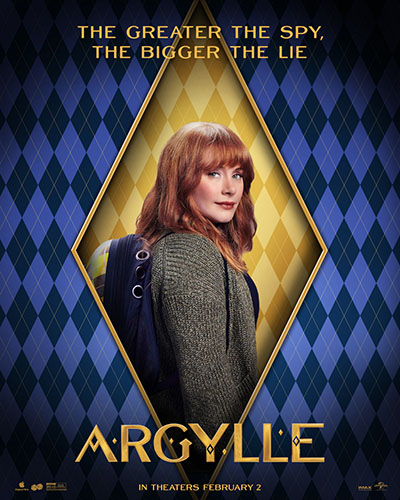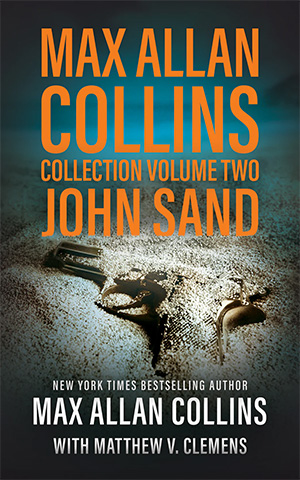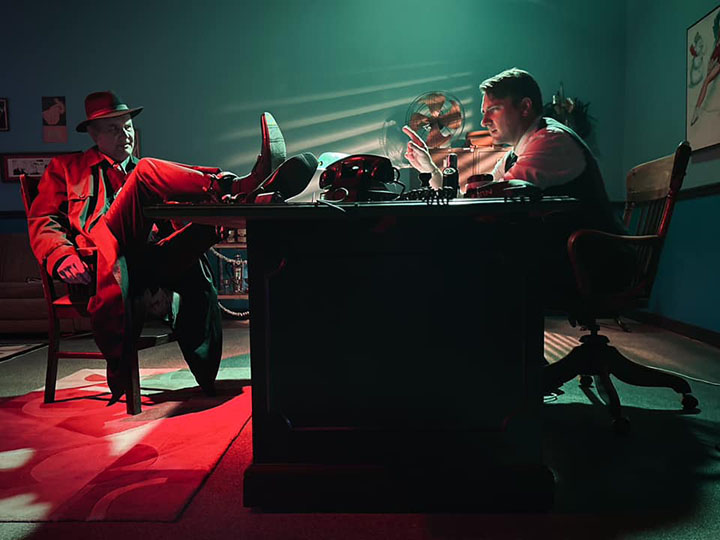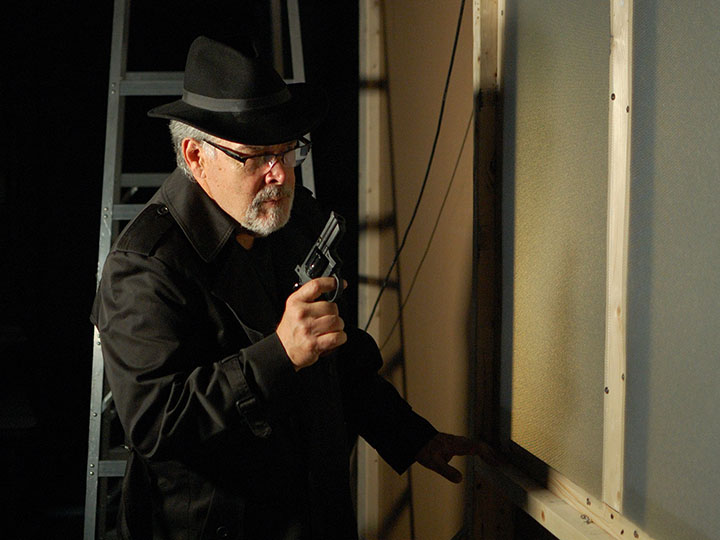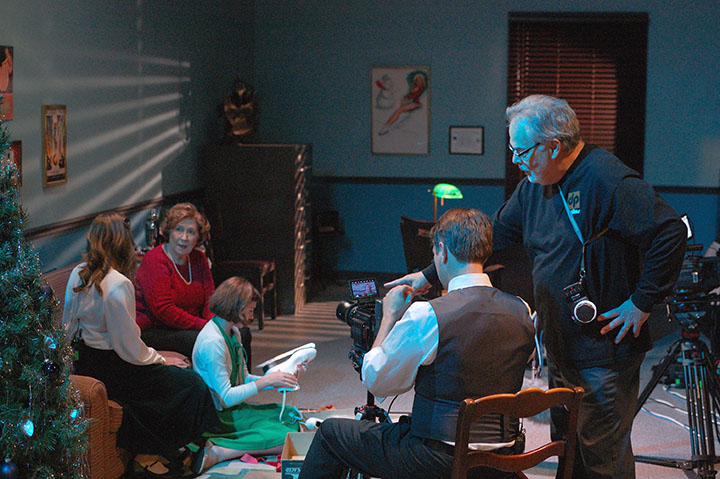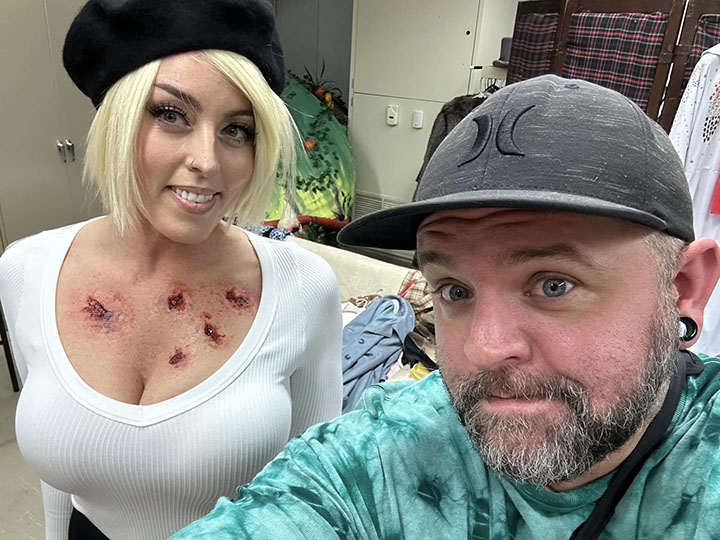
Day one on the set of Death by Fruitcake.
When this update appears, we’ll be in our second day of shooting Death by Fruitcake. The week since I last posted found us heavily in post-production mode. It’s been intense but gratifying to see things coming together.
The real pleasure has been working so closely with my wife on this project. She had been intimately involved in my productions – really our productions – in the ten-plus years we did quite a little bit of indie filmmaking. Mommy and Mommy’s Day saw her filling a production manager role, and those productions would not have been possible without her. The same is true of Real Time: Siege at Lucas Street Market (2001) and Eliot Ness: An Untouchable Life (2005), as well as my two documentaries, Mike Hammer’s Mickey Spillane (1998) and Caveman: V.T. Hamlin and Alley Oop (2005).
She has an unfailing eye for detail and a gift for dealing with all sorts of people. And her storytelling abilities are obvious to anyone who’s read her short stories or the novels we’ve done together, in particular the Antiques (Trash ‘n’ Treasures) mystery series.
But there were travails involved with all of those productions, proud as I am (and I think she is too) of all of them. Mommy was a baptism by fire. Difficulties with the director led to letting him go after the first two weeks of a four-week shoot (I was producer and writer), meaning I had to fill the director’s role without any experience or prep, just years of being a movie buff. When I lost the Dick Tracy scripting gig after fifteen years, indie filmmaking was another way to make some money…I thought.
And we had some success, particularly with the two Mommy movies, but my co-producer – my best friend since high school – stole a good deal of the money (he was convicted of a felony for doing so). Nonetheless, we did get a sale to Lifetime where Mommy aired in primetime, and both it and the sequel were chainwide Blockbuster buys (a big deal in those days). I was deeply involved in filmmaking during those years, which included the Road to Perdition (2002) sale and the Quarry movie, The Last Lullaby (2008), which I co-scripted. Several short films happened during that period as well.
But the betrayal by my former best friend and the many difficulties of indie filmmaking – getting the money to make even modest productions was (and is) a nightmare – had me walking away from that pursuit, though there have been some screenplays produced (by others) and, thankfully, occasional options on my books for TV and movies (and on screenplays). CBS Films has Eliot Ness and the Mad Butcher (2020, by Brad Schwartz and me) under option right now, and I think Nolan is still under option, too. Might have run out while I wasn’t looking, though.
Anyway, indie filmmaking was a past pursuit. The closest I came to it was writing two Mike Hammer audio books for Stacy Keach and a full cast, one of which won an Audie for Best Original Work (The Little Death) and the other (Encore for Murder) was similarly nominated, and produced as a play starring Gary Sandy in venues at Owensboro, Kentucky, and Clearwater, Florida. Then I was asked to allow Encore to be produced, radio-play-style, here in Muscatine, Iowa, as a fund raiser for the local Art Center.
I consented, as some of you know, and brought in my Mommy’s Day co-star Gary Sandy (WKRP in Cincinnati, of course) to play Mike Hammer. When I attended the first rehearsal (Gary would be coming in a few days in advance of the actual production), I was pleasantly surprised to find the local cast very good.
Barb had endorsed my involvement (I was co-director as well as writer) but wanted no participation. She was retired from movies and anything vaguely related. The theft of the Mommy money had threatened our house and she remained understandably bitter. But I encouraged her to come to the next rehearsal to see if I was kidding myself thinking these local thespians were pretty darn good. She came and agreed.
Then when Gary Sandy came in and did a terrific job as Hammer in rehearsal, I contacted my longtime collaborator, Phil Dingeldein (director of photographer on all of my features), and convinced him to come to Muscatine to shoot the one live performance. He did this (and shot a dress rehearsal, too, to give us extra coverage). The idea was to use it as a bonus feature on our revised updated version of Mike Hammer’s Mickey Spillane, which we did (it’s available from VCI at Amazon right now).
Barb stayed pretty much aloof from that production, for which Chad Bishop (who was a cast member) worked with Phil on the Encore shoot and edited it into a movie or a program or some damn thing. It came out pretty well, I think, and is available on DVD separately from VCI as well as on the Spillane documentary.
Anyway, that experience got the indie filmmaking juices flowing again and Chad and I (with Phil onboard as d.p.) decided to do Blue Christmas, which I’ve been discussing here quite a bit. Barb gave her blessing but refused to be a part of it. She’d had enough of the hard work and misery that accompanies any kind of filmmaking.
But a few days out from the production (this was last October), I had some very stressful situations relating to the production that sent me back into a-fib. And Barb got on board. She again made the production run smoothly. Ask anyone who the MVP on Blue Christmas was and they’ll say Barb.
Now we’re doing one more – Death by Fruitcake. I tricked her into being part of it by basing this one on our Antiques series, specifically a novella, Antiques Fruitcake in Antiques Ho Ho Homicides. She is caught up in it, with me, and doing a stellar job. It’s unimaginable without her.
Ask anybody in the cast or on the crew.
Again, she has made it clear this is her last production. I believe her. I always do. So this is probably my last indie movie, too – unless somebody gives me enough money to hire a production manager as good as Barbara Collins. Which is itself a long shot for more than one reason….

Barbara Allan
Blue Christmas, by the way, is already available for pre-order at Amazon (it’s a November 11, 2024 release).
And you can read about Blue Christmas at Blu-ray.com, right here.
Just in case I haven’t given you enough reasons to spend money on me this time around, keep in mind the clock is ticking on the Kickstarter effort to back True Noir: the Assassination of Anton Cermak, based on my novel True Detective in a fully immersive audio drama in ten parts and written by (again) me. It has an amazing cast, and a great director (Robert Meyer Burnett).
Scroll down a ways in this Digital Bits column and get the skinny on True Noir.
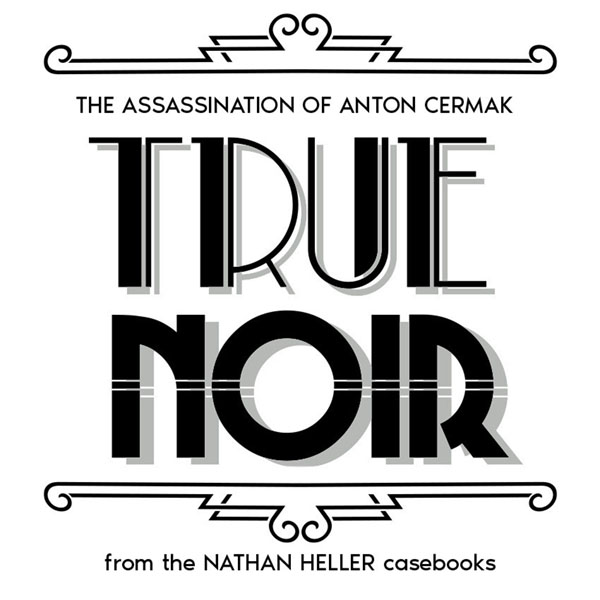
M.A.C.
